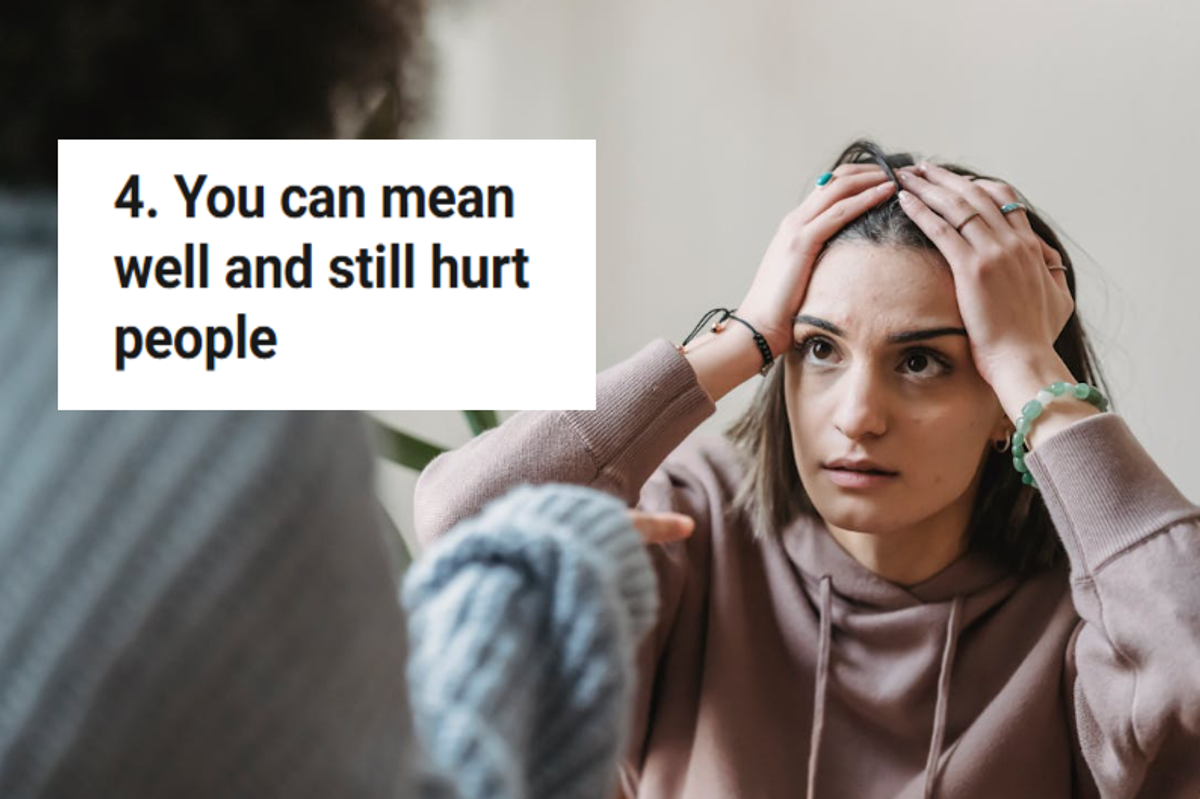Big cities have a lot of trash.
Right now you're probably thinking, "Yeah sure, handsome guy, tell me something I don't know."
A trashy city. Photo by Laura Lezza/Getty Images.
But the problem is actually way worse than you think.
In 2012, the world's cities produced about 1.4 billion tons of garbage. Which is really hard to imagine.
Picture a large, fully grown polar bear:
From left: polar bear, lady. Photo by Sebastian Bozon/AFP/Getty Images.
Now picture 1.3 billion of them. In terms of weight, that's about how much we're trash we're talking about.
Again, it's hard to imagine.
Besides being unsightly, smelly, and an obstacle we step over on our way to the subway, the trash problem in our cities is pretty serious.
In general, when we throw something in the garbage, it's either burned or relocated, and both of those processes come with a host of problems for the environment.
A trash incinerator in Amsterdam. Photo by John D. McHugh/AFP/Getty Images.
Burning trash can release toxic fumes into the air, which contributes to air pollution and even acid rain, which is a very harmful chemical reaction in the sky (not a Frank Zappa album).
When we relocate trash to a landfill or dump, it just sits there, festering, which isn't good either. Some of it can take literally millions of years to break down, and the rest can release big clouds of methane gas, which causes a greenhouse effect.
In its current form, our trash situation is a real lose-lose.
Cities around the world have to majorly step up if they want to get their trash problems under control.
Luckily, a few of them have.
San Fransisco is tackling the trash problem through a recently approved ban on Styrofoam.
It's the biggest ban of its kind in the country, stopping all uses of polystyrene foam (which is commonly, albeit incorrectly, referred to as Styrofoam) in the city.
The ban is set to take effect next year and is an extension of the city's already strict bans on plastic shopping bags and nonrecyclable or noncompostable to-go food containers.
San Fransisco also has some of the strictest recycling and composting laws in the country. Photo by Justin Sullivan/Getty Images.
Some have spoken out against the foam ban, saying that it will hurt small businesses and even cut jobs, as the alternatives to polystyrene packaging (such as compostable or reusable packaging) tend to be more expensive.
Still, the damaging effects of polystyrene use, especially on a city-wide scale, are too big to ignore. Polystyrene doesn't decompose, animals can die from ingesting it, it can leach chemicals into food, and it makes that annoying squeaky sound when you you rub it.
Meanwhile, in New York City, the mayor challenged businesses to cut their waste in half — and, incredibly, they did.
That's right. In just five months, 31 major businesses around New York, including Whole Foods, Viacom, and Anheuser-Busch, managed to keep 35,000 tons of trash off the streets.
This is great news because if you've ever been to New York and opened your eyes, you've probably seen firsthand how bad the trash problem can be.
Photo by Timothy A. Clary/AFP/Getty Images.
New York City produces way more trash than any other city in the world — twice as much garbage as Tokyo, a city with 12 million more people.
In early 2016, New York Mayor Bill de Blasio challenged New York's businesses to cut their waste in half by June as part of an ongoing effort to eventually become a zero-waste city. So far, it's been successful.
Businesses have switched to reusable materials, cut packaging, and donated leftover food to rescue organizations like City Harvest, which donated hundreds of tons of leftover food to pantries and homeless shelters.
Finally, Londoners are pushing their city to handle food waste in a more environmentally friendly way, in a facility separate from the trash system.
You probably don't have a separate garbage can just for food, right? Even if you do, are you sending that waste to a facility that's specifically outfitted to treat biodegradable compost instead of regular garbage? Probably not.
Bio Collectors, a food recycling organization, says that only 18 of London's 33 boroughs have facilities specifically for handling food waste, and many of them aren't operating at full capacity. About 980,000 tons of food goes into the regular garbage system, where it contributes to those harmful environmental effects I mentioned earlier.
Photo by Matt Cardy/Getty Images.
Bio Collectors thinks London can do better. It launched a campaign to put pressure on London councils to use the plants more effectively and address food waste from the ground up (pun very intended).
Responsibly handling food waste is all part of what Bio Collectors' managing director Paul Killoughery calls the "circular economy."
“The focus of shopping locally and eating locally sourced food should extend to how we deal with our food waste," Killoughery says. "This would then feed into the circular economy of food that travels from farm to fork, then back to farm."
Let's face it: You probably don't spend a lot time thinking about garbage.
If you do, you're either a weirdo or a garbage collector! In which case, have fun hanging onto the back of that truck! It looks super cool.
Photo by Ilvy Njiokiktjien/AFP/Getty Images.
Most of us just throw our trash into the bin and don't think about where it goes or how it all adds up. Those of us who live in big cities probably see the piles of bags on the street every week but don't necessarily think of them in a broader context.
That's understandable. But you do need to know that this waste problem is huge and needs to be addressed. In cities, especially, there is a massive amount of work that needs to be done to cut down on trash.
It's awesome to see that some of our biggest cities are having success through programs like these — but this is just the start.
Responsibly handling trash and waste is the big, smelly, disgusting key to our future on Earth.
Other cities should learn from what New York, San Francisco, and London are doing — and do what they can to get ahead of the game too.




 An upset woman sits in her car.via
An upset woman sits in her car.via  An upset man grabs his head.via
An upset man grabs his head.via  A stressed-out woman.via
A stressed-out woman.via 

 David Bowie on swing in red suit
David Bowie on swing in red suit David Bowie album cover
David Bowie album cover Prince
Prince
 We really wish this were true. via @bryaninmsp/
We really wish this were true. via @bryaninmsp/